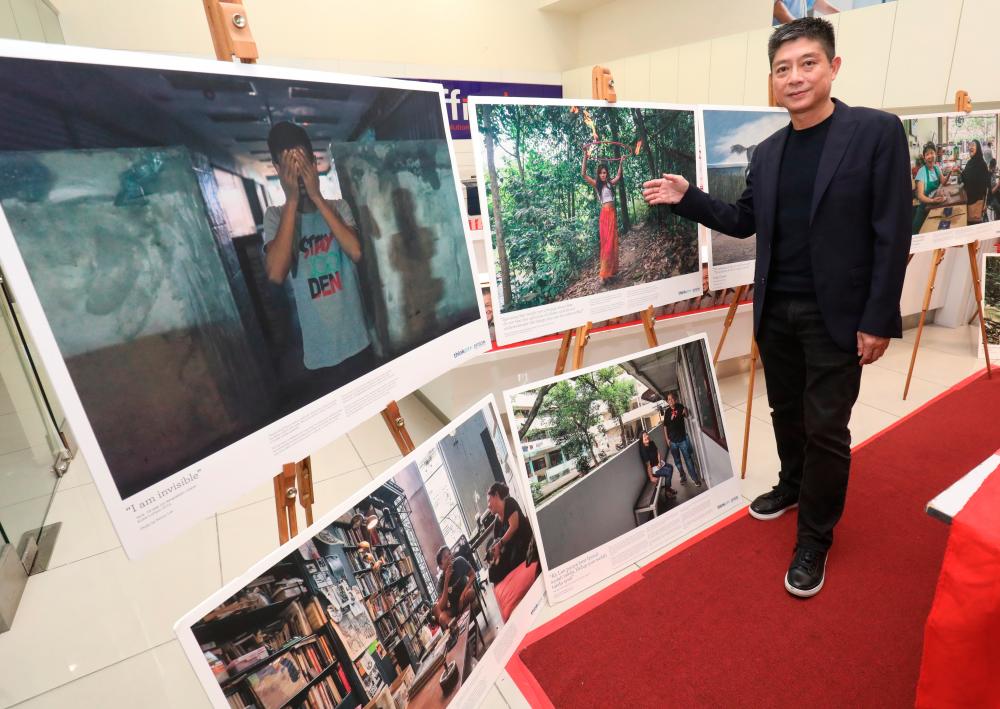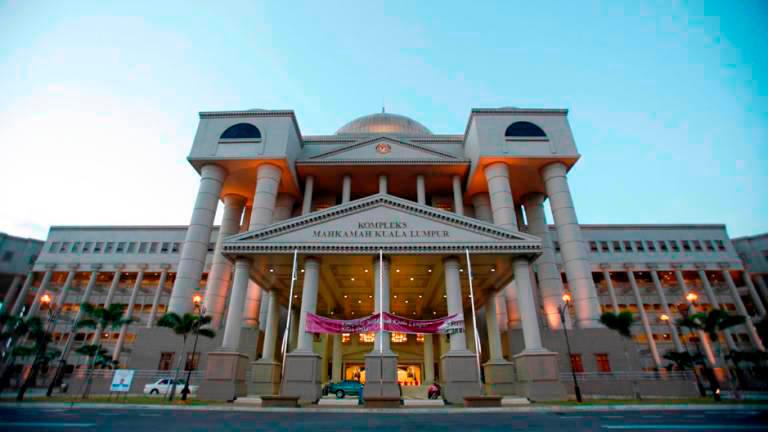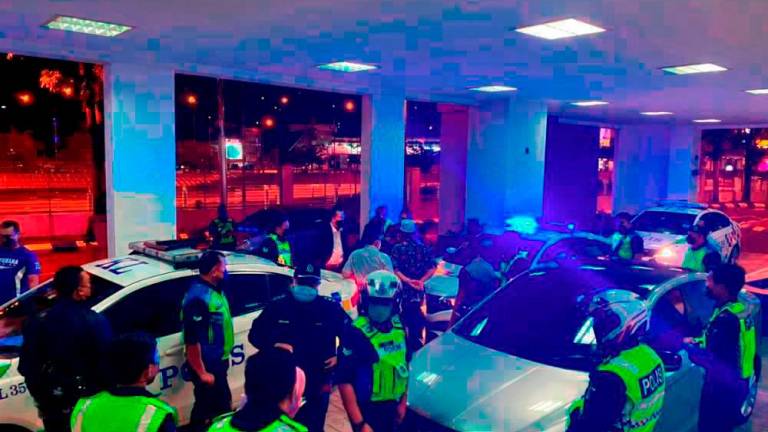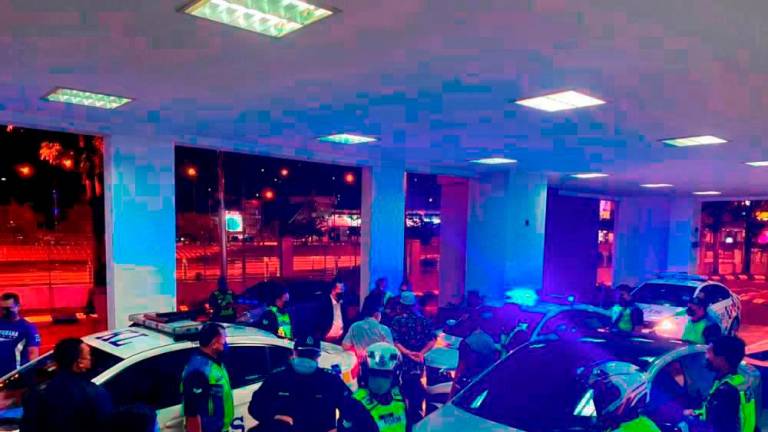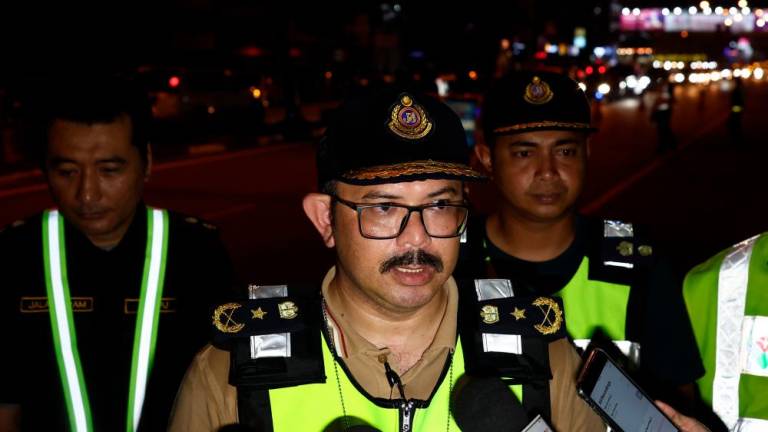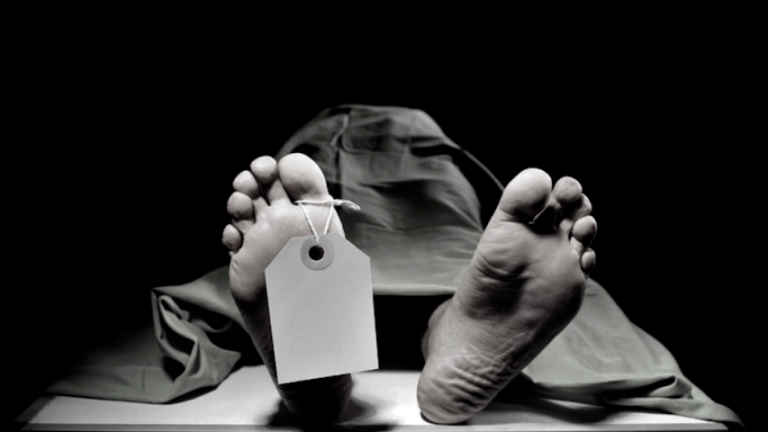INITIALLY, I thought this would just be another launch of a coffee-table book full of pretty pictures of the people and iconic locations around Kuala Lumpur.
However upon thumbing through the thick 400-page volume of Born in Malaysia: A Story of Kuala Lumpur, I realised that writer and photographer Kenny Loh (pix) has given us much more than that.
In fact, the cover itself has a story behind it. Loh explained it was a picture he took long before he had an idea for the book.
The cover depicts the newsstand run by Naina Mohamad, who took over the business that his father started back in 1955.
Then in 2014, Naina had to close his newsstand as it had to make way for the construction of the Pasar Seni MRT station. Not long after that, the newsvendor passed away.
Loh thought it was appropriate to use the photo he took of Naina at his newsstand as the cover of his book about the city he loves.
Loh started as a photographer for a local media company, covering events where he took pictures of celebrities.
This eventually led him to more opportunities working in Hong Kong, China and Taiwan, where he was based for 20 years.
He then started working for a non-governmental organisation (NGO), while continuing with his photography.
“When I came home in 2009, I decided to go for a holiday, just driving around and taking some pictures,” said Loh. “I took some notes, wrote some stories.”
A couple of his friends asked why not he put those together in a book?
He was surprised at their suggestion because he never thought of doing it before.
After getting help from a cousin who is a graphic designer, Loh published his first book in 2013, titled A Photographer’s Journey.
That book was 200 pages long, and was filled with pictures he had taken all over Malaysia. It was inspired by Loh’s memories of road trips with his family.
Born in Kuala Lumpur, Loh moved to Ipoh with his family when he was a child after his civil servant father was transferred there.
“My recollection of Malaysia is my dad driving us all over the country using the trunk roads,” he said.
During those same trips, Loh’s father would explain the story behind each location they would visit.
Essentially the book became Loh’s attempt to try and remember the Malaysia he knew before he left the country.
Loh described Born in Kuala Lumpur as being structured similarly to A Photographer’s Journey.
He had his own idea of what he wanted to cover, and his friends also offered suggestions of where to go and who to feature.
The initial plan was for the book to be about 200 pages long (same as A Photographer’s Journey), but it ended up being double that, due to the huge amount of images that he wanted to include in the book.
The majority of the pictures for Born in Kuala Lumpur were taken between 2016 to late 2018.
Other than photographing members of NGOs, artists and other interesting people, Loh also captured images of refugees, migrant workers, and indigenous people in the city.
He even ventured deep into the underbelly of Kuala Lumpur for some of the pictures he took.
Loh felt that the more unsavoury side of the city should not be excluded from the narrative.
“Most book don’t feature them. [But] I featured them – the expats, the refugees, the human trafficking victims.”
Loh took extraordinary measures to get the photograph that he wanted, such as the time when he ventured into a kongsi (commune).
“I was told to dress up as an uncle looking for a carpenter. That is what my Bangladeshi fixer told me to do.
“It was different, exotic, it is depressing, it is shocking. You have huts where 12 people live in one room, you have sex workers.
“You are shocked that this is happening in Malaysia.”
Loh also took time to talk to the subjects of his photographs to get their stories.
“Sometimes I would spend half a day talking to some of my subjects,” he said but added that due to lack of space, their stories have to be condensed down in the book.
Some of these stories will make you smile, others will move you. As with every city and its tales, you need to take the bitter with the sweet.



